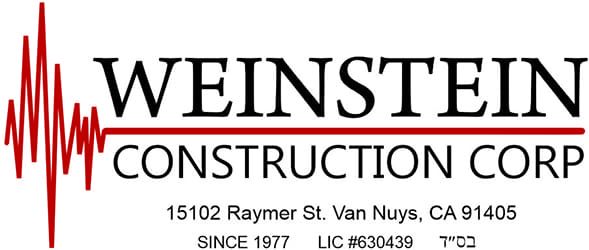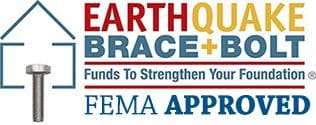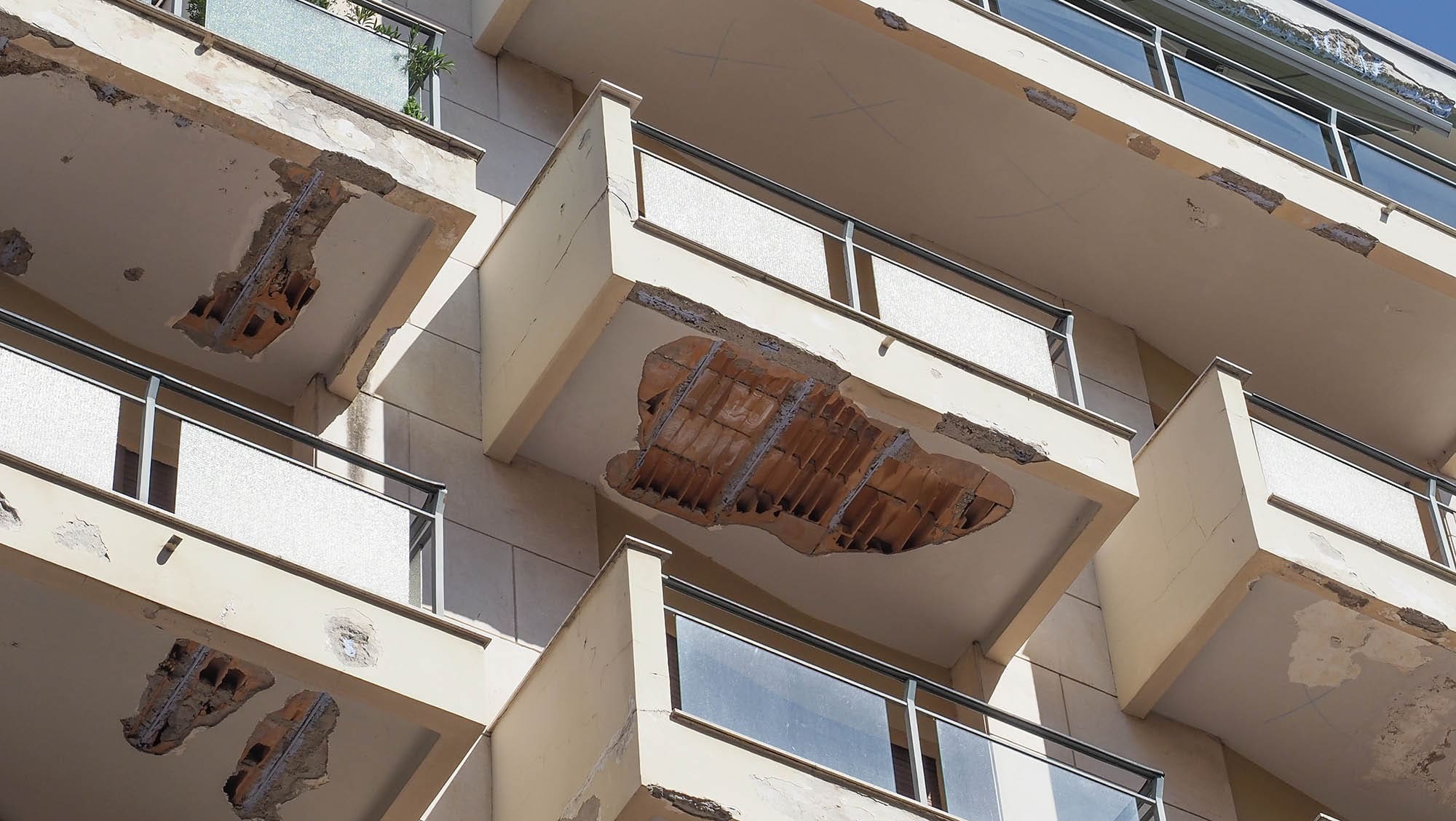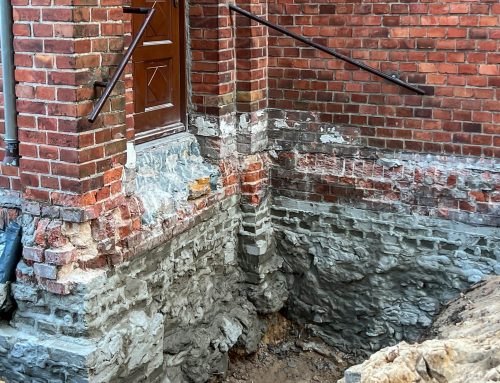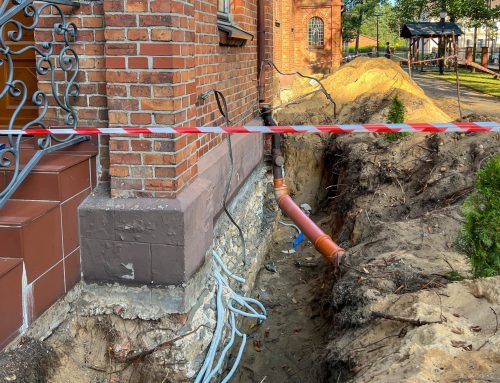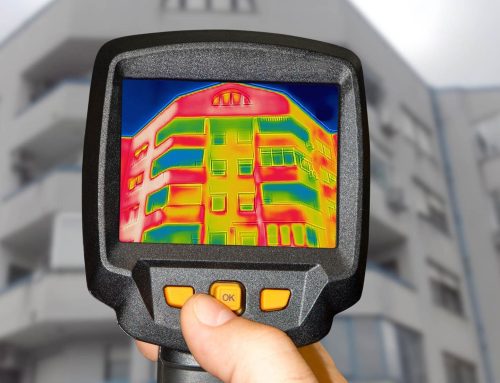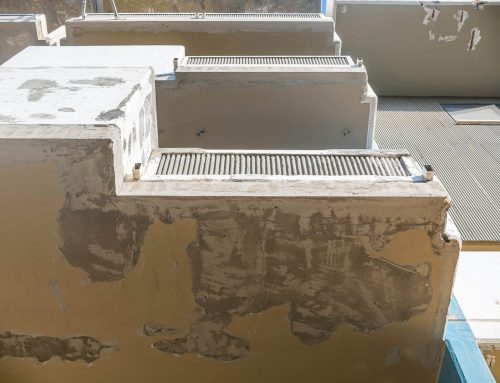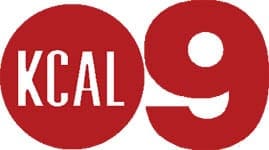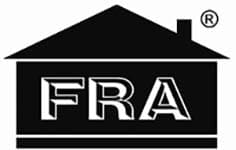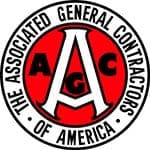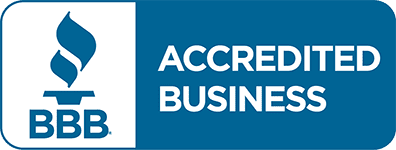If you live in a residential apartment building or a condo building in Greater Los Angeles, you probably also have an outside balcony which provides you with an outdoor recreational space. Moreover, your building probably also has multiple other “exterior elevated elements” (“EEE”) in the form of decks, stairways, and walkways, which rely in whole or in part on wood structural supports.
All balconies and other EEE can pose a huge safety risk if they are not properly maintained and inspected?
In recent years, high-profile balcony collapses have underscored the need for increased attention to balcony safety, for example the collapse in Berkeley, California of an apartment building’s 4th floor balcony. This wood balcony detached and fell 40 feet to the ground, resulting in the death of six youngsters and severe injuries to seven others, all of whom were simply attending a birthday party! The cause of the collapse was determined to be dry rot, which had weakened the wood support beams and caused the balcony to fail.
Who is responsible for maintaining, inspecting, and repairing all such balconies and other EEE?
Recent California laws, specifically Senate Bills 721 and 326, mandate that owners of commercial apartment buildings and condo residential homeowner associations (“HOA”) are required to ensure the safety and soundness of such structures, including their periodic inspection!
These laws require that managers of commercial apartment buildings and condo buildings controlled by HOAs that have three or more units undergo a thorough safety inspection of their EEE by January 1, 2026, and thereafter, at least every six years for apartment buildings, and nine years for condo buildings. For commercial apartment buildings, SB 721 allows building contractors, licensed architects, or structural/civil engineers to conduct the safety inspections. For condominiums, SB 326 only permits a licensed architect or structural/civil engineer to inspect (note that SB 326 was amended by AB-2114 to additionally authorize a civil engineer to conduct the inspection, and AB-2114 was signed into law, and took immediate effect, on July 15, 2024).
The new California Assembly Bill 2579 (approved on September 28, 2024) which extended the deadline for the initial inspection until January 1, 2026, also mandates that:
- A new inspection is not required until January 1, 2026, if the property was inspected between January 1, 2016, and January 1, 2019. Thereafter, a new inspection is required every six years.
- If an adequate inspection was conducted between January 1, 2019, and the present time, a re-inspection is not required, until six years after the date of the inspection report, and thereafter, every six years.
What can you do as an apartment renter or a condo homeowner?
Unfortunately, thousands of commercial apartment buildings and condo buildings in the Greater Los Angeles region have not yet been inspected! As such, and as we get closer to the inspection deadline, the rush to inspect all these buildings will cause undue delays, increase inspection fees (which are typically “transferred” to tenants and condo owners) and will cause repair costs to soar!
What can you do as an apartment renter or a condo homeowner? You have a voice in the matter! Below are listed a number of key steps that you can take to check whether or not your property managers are ensuring the safety of your building’s balconies and other EEE.
Step No. 1: Inquire as to the design and construction of your property’s EEE
Designers of residential apartment buildings and condominiums must follow local and state building codes and regulations in designing and constructing balconies and other EEE, to ensure that they are safe for their inhabitants. For example, building codes mandate a balcony’s minimum live load capacity, require that the balcony is attached to the building securely and in a way that resists both vertical and lateral loads, and demand that each balcony to be properly flashed and sealed to prevent water intrusion, which can deteriorate its wood-based building materials over time. Moreover, balconies and EEE must be constructed of high-quality materials.
Before you sign your rental lease agreement, or before you purchase your condo, make inquiries with the property management team or with the builder, to ascertain how your balcony and EEE were designed and constructed! If you are unhappy with the answers you receive, move on!
Step No. 2: Inquire as to your property’s EEE maintenance procedures
Property owners and managers must plan for and conduct regular maintenance on balconies and other EEE. This includes periodic cleaning and sealing EEE surfaces, as well as ensuring that their drainage systems are working properly to prevent damaging water intrusion (for example, by regularly cleaning and clearing debris to ensure that balcony gutters and downspouts are flowing freely).
Make inquiries with the property management team to determine what is the maintenance schedule for your building’s balconies and other EEE, especially when was the last time they were inspected!
Step No. 3: Inquire as to how your property managers ensure the proper use of EEE
Condo associations and property managers must insist on the proper use of balconies and other EEE in order to ensure their safety. For example, management must ensure that balconies are not overloaded with heavy furniture, that weight on EEE’s is evenly distributed, and that each EEE’s maximum weight capacity is not exceeded.
Make inquiries with the property management team to determine how they check to see that balconies and EEE are not misused!
Step No. 4: Inquire as to your property’s inspection schedule
As balconies and other EEE are used and enjoyed, property managers must maintain a regular inspection schedule to discover any signs of water damage, for example staining, cracking, rusting, or discoloration of building materials. Regular balcony and EEE inspections are not just required by law, they are also the first line of defense against a potentially-disastrous outcome. Homeowners and property managers should have their balconies inspected, and such an inspection must be made by a qualified inspector who can identify any signs of damage or deterioration.
Make inquiries with the property management team to determine your property’s inspection schedule. If the property’s balconies and other EEE have not yet been inspected, ask why not!
If you are a commercial apartment building owner, or a condo residential homeowner association, Weinstein Construction’s Balcony Law specialists can help you with all your balcony inspection needs, and we will do it at a fair and reasonable cost! If you need a balcony inspection or balcony repair, give us a call now to discuss how we can assist you further.
We are standing by at 866-623-5788!
